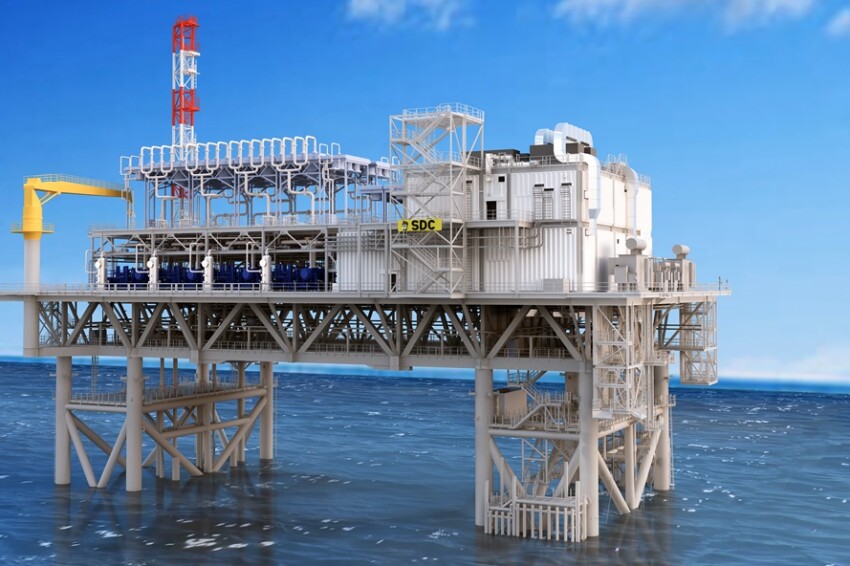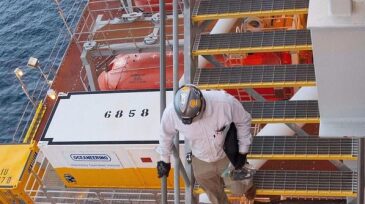Mature fields
BP’s new electric gas compression platform at Shah Deniz, Azerbaijan’s largest natural gas producer, is expected to sustain exports to Europe even as the field enters decline.
ExxonMobil joins BP, Chevron, and TotalEnergies in greenlighting new investment projects in Iraq in 2025 as the government targets oil production of 6 million B/D by 2029.
Intelligent completions could improve many of the world’s oil and gas wells, but not all are suited to the technology. There is another option.
-
This paper presents a data-driven technology and associated work flow for fast identification of field-development opportunities in mature oil fields that accelerates subsurface field-development planning and reduces the time requirement from months to weeks.
-
One of the oldest deepwater platforms in the Gulf of Mexico has become a profit-leader for the oil major during this downturn and is now a model for the company’s other floating assets.
-
Oil and gas producers in the Gulf of Thailand face unique technical challenges. This review of papers illustrates some of the innovative solutions used in the region.
-
I would like to steer readers’ attention to new technology, advanced modeling, and the interesting topic of fracture hits.
-
After 70 years of production, more than 30% of the Arab C reservoir stock-tank original oil in place has been recovered through various mechanisms including natural depletion, waterflooding, gas lift implementation, and horizontal-well development.
-
This paper describes the first job in southeast Asia in developing horizontal-well placement in a turbidite environment.
-
This paper discusses the successful, fully integrated, 3D Earth modeling (EM) and dynamic reservoir simulation of the Hollin Formation in the Lago Agrio Field within an operator’s first producer field in Ecuador.
-
An auction of small discoveries that were passed over by India’s national oil companies is a test of the country’s efforts to boost oil and gas development by encouraging participation from inside and outside this energy-hungry country.
-
Successful rejuvenation of two declining fields was enabled through innovation in both engineering and procurement strategy.
-
A number of companies are pushing for alternative approaches to offshore development that seek to access marginal reservoirs. Their differing and unique ideas call for a departure from the usual playbook, but share a common goal of slashing capital costs.



![JPT_2025-09_GuestEd1_SS_382853197[4].jpg](https://assets.spe.org/dims4/default/b4eb909/2147483647/strip/true/crop/850x478+0+44/resize/320x180!/quality/90/?url=http%3A%2F%2Fspe-brightspot.s3.us-east-2.amazonaws.com%2F8a%2F95%2Fe4e82cb54fd597d497a5b1267f8a%2Fjpt-2025-09-guested1-ss-3828531974.jpg)









